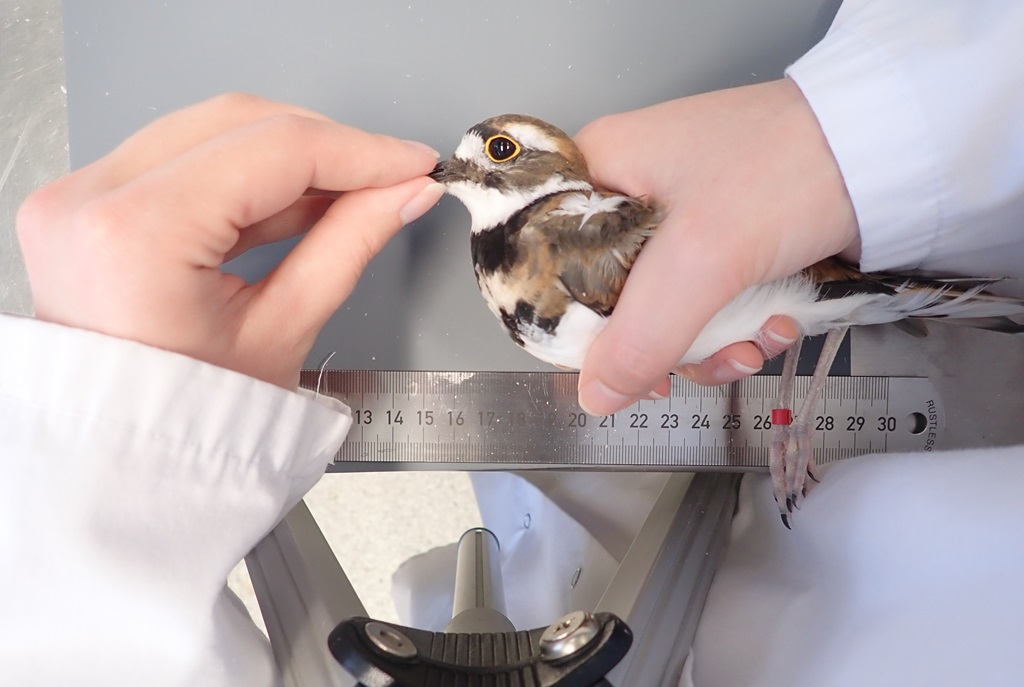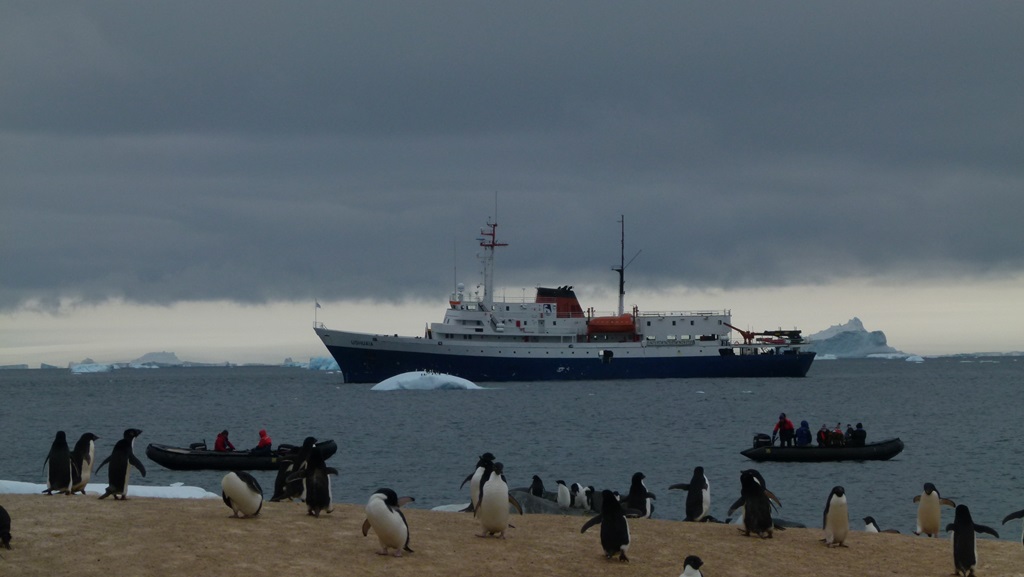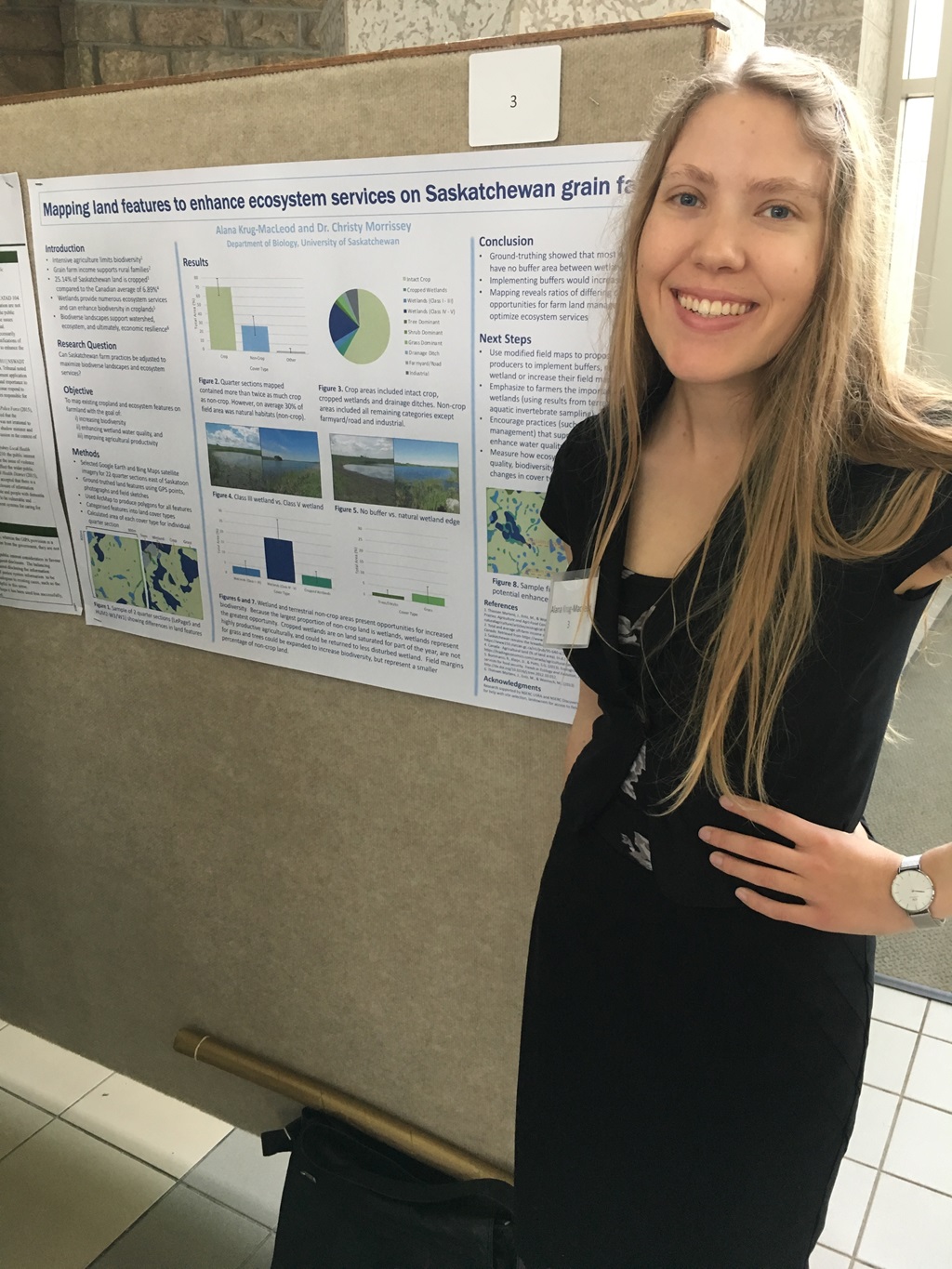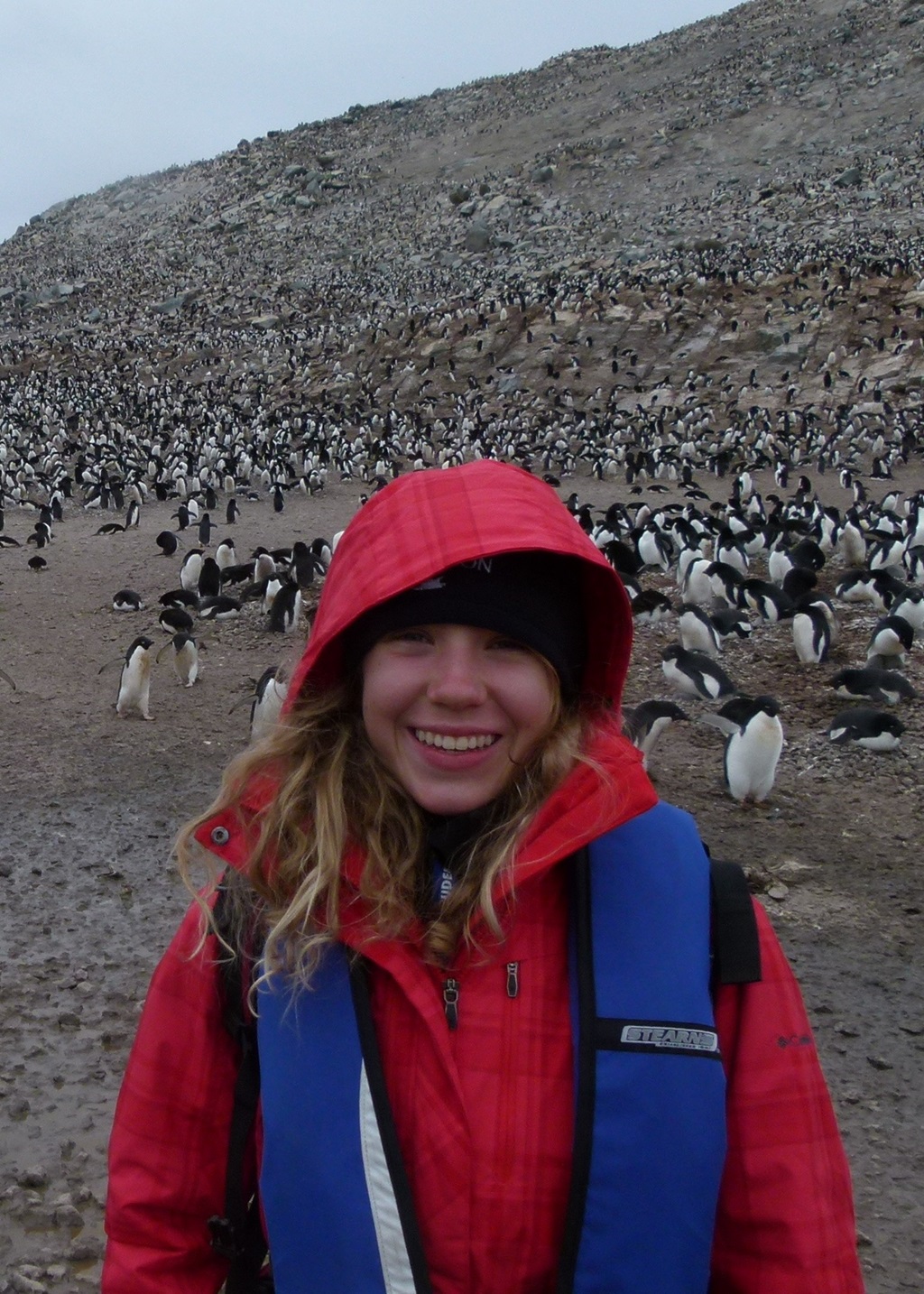Alana Krug-MacLeod, 2024 Charles Labatiuk Scholarship Award Winner, on Nature Conservation
This guest blog was written by Alana Krug-MacLeod, the 2024 Charles Labatiuk Scholarship Award Winner.
When my mom’s water broke the day I was born, she took the city bus to the hospital. It was part of the birth plan because my parents chose not to own a car. Through their intentionality, they modelled responsibility to the larger world. So, from day one, nature conservation has been non-negotiable for me. I walked and biked to school; harvested and ate food we grew; wore second-hand clothes; and experienced how the sun and cool morning air could variously heat, air condition, and energize our well-insulated home. I grew up understanding myself as part of an interconnected planetary ecosystem that sustains life and is more important than my whims and wants.
I am motivated both by the infinite splendour of nature and by mentors who counter humans’ destructiveness and self-centeredness. Whether I wake to rainbow sparkles, aromatic lavender, warbling birds, and the tang of salt air, or to a desolately snowless prairie winter, acrid smoky air, and disconcerting radio announcements about biodiversity loss, I sense my connection to nature. My well-being, and humans’ collective welfare depends on nature’s well-being. Individual actions and conservation initiatives that protect life-giving ecosystems and inspire positive change ultimately rely on nature’s resilience — including humans’ capacity to reflect, transcend immediate self-interest, and innovate.

Collecting biometric data for a shorebird colour study
The author was involved in collecting biometric data for a shorebird colour study.
Resilience is predicated on adaptability and diversity, so human variations—genetic ones such as neurodiversity or socially mediated behaviours such as environmental commitment—may well contribute to sustainability. For instance, I voraciously collect facts about ecology, which align themselves on imaginary shelves in the library of my brain. In childhood, animals felt more like friends to me than my peers, and I eagerly learned about their characteristics and habitats. I perfected canine mannerisms, often ambulating on dog-paw fists. I played wild, imaginative games in the schoolyard forest. When we moved, I wept for the majestic maple trees. Nature was home, where I belonged… Nature is where we ALL belong.
As I struggled to form friendships with teenaged peers who cared little about the subjects that fueled my passion and imagination, I embraced opportunities to present on environmental issues. I made nationally acclaimed conservation-themed videos and created a permaculture-based food forest design for my school. Participating in a fully funded expedition to Antarctica with the Students on Ice Foundation inspired me to develop and implement award-winning projects on polar education, climate change, sustainable transportation, and biodiversity. Environmental leadership led to me being selected for sustainability programs in the Canadian Arctic, Kalaallit Nunaat/Greenland, Finland, Costa Rica, Hawai’i, and South Korea.

Penguins greeting the Students on Ice research vessel and zodiacs in Antarctica
The bookshelf in my brain expanded incrementally as I volunteered and observed the intricacies of human relationships to nature — indigenous and settler, collaborative and destructive—in each uniquely beautiful ecosystem. Nature shaped and nourished my brain, body, and soul. Nature conservation harnessed my passions and enabled me to network globally with exemplars of environmental conservation and sustainability.
Contributing to Conservation
At university, I continued to realise my nature conservation goal—to preserve the adaptability and integrity of natural ecosystems while supporting gentle and respectful ways of addressing human needs. I found my niche in an interdisciplinary environmental biology BSc program. Alongside biology, I studied art, anthropology, archeology, geography, geology, history, and politics to understand the interplay between human and non-human systems over time. I conducted isotope analysis of ancient Icelandic middens to track climate change. I mapped agricultural land to gauge whether re-wilding select areas would improve both biodiversity and farmers’ net income. I assessed long-term impacts of contaminants and suboptimal temperatures on shorebirds to test whether colour could visually signal danger from human activity. I designed infographics (for the public and research partners across the Americas) to communicate impacts of human activity on Sanderling migration patterns. I disseminated this conservation and policy research through posters, papers, and images of research.

Presenting research on agricultural land use to maximize ecosystem services
Next, in an ecology MSc, I focused on how climate changes and species traits affect the nutritional composition of small prey species of albacore tuna — research that helps the National Oceanic and Atmospheric Administration (NOAA) manage fisheries. I taught university students, networked with Canadian and American research labs, and published and presented academic results in Europe. Through work and studies, I expanded my burgeoning internal library and collected tools for research, teaching, networking, disseminating information, and designing community projects. I don’t know what jobs this conservation toolkit will finally accompany me to, or which of the specialized tools I will ultimately use—but all of them are valuable for conservation, and the general knowledge I gain will enable me to think broadly and creatively to sustainably solve ecological issues.
Realizing Goals
Collaboration and networking requirements rise with project complexity, so I am pushing myself to meet what for me are especially challenging demands and to acquire credentials that maximize my preparation for nature conservation work. I have accepted a PhD position in natural resource sciences that will be the perfect puzzle piece to link the research and education I have done on polar regions, climate change, birds, fish, food webs, and conservation. Nevertheless, I will be jumping off a cliff — literally (because collecting data will require rappelling down cliffs on Akpatordjuark/Coats Island, Nunavut) and figuratively (because the expensive and demanding program will uproot me).
I will network with the Swedish University of Agricultural Sciences and with Environment and Climate Change Canada — measuring fish stocks and the foraging and reproductive success of akpa/thick-billed murre (the penguins of the North!) to identify ways to improve marine conservation policy and practice. The results will influence marine spatial planning in northern Hudson Bay, where a marine protected area is proposed. I will gain in-depth knowledge of an Arctic ecosystem, connect with indigenous and global conservation leaders, and contribute to conservation through research, policy, and education. I will do so remembering the personal commitment to polar protection and sustainability action I made at 14 years old, surrounded by mentors, atop sea ice adrift in the Antarctic Ocean.
I will do so knowing that those who gave me a place to belong and who modelled environmental and sustainability goals buoy me up, and keep the next generation of engaged conservationists afloat. I am grateful to the Charles Labatiuk Nature Endowment Fund for supporting me in my continued studies and for believing that my research and contributions will carry on the actions and values of the one whose memory it honours.




